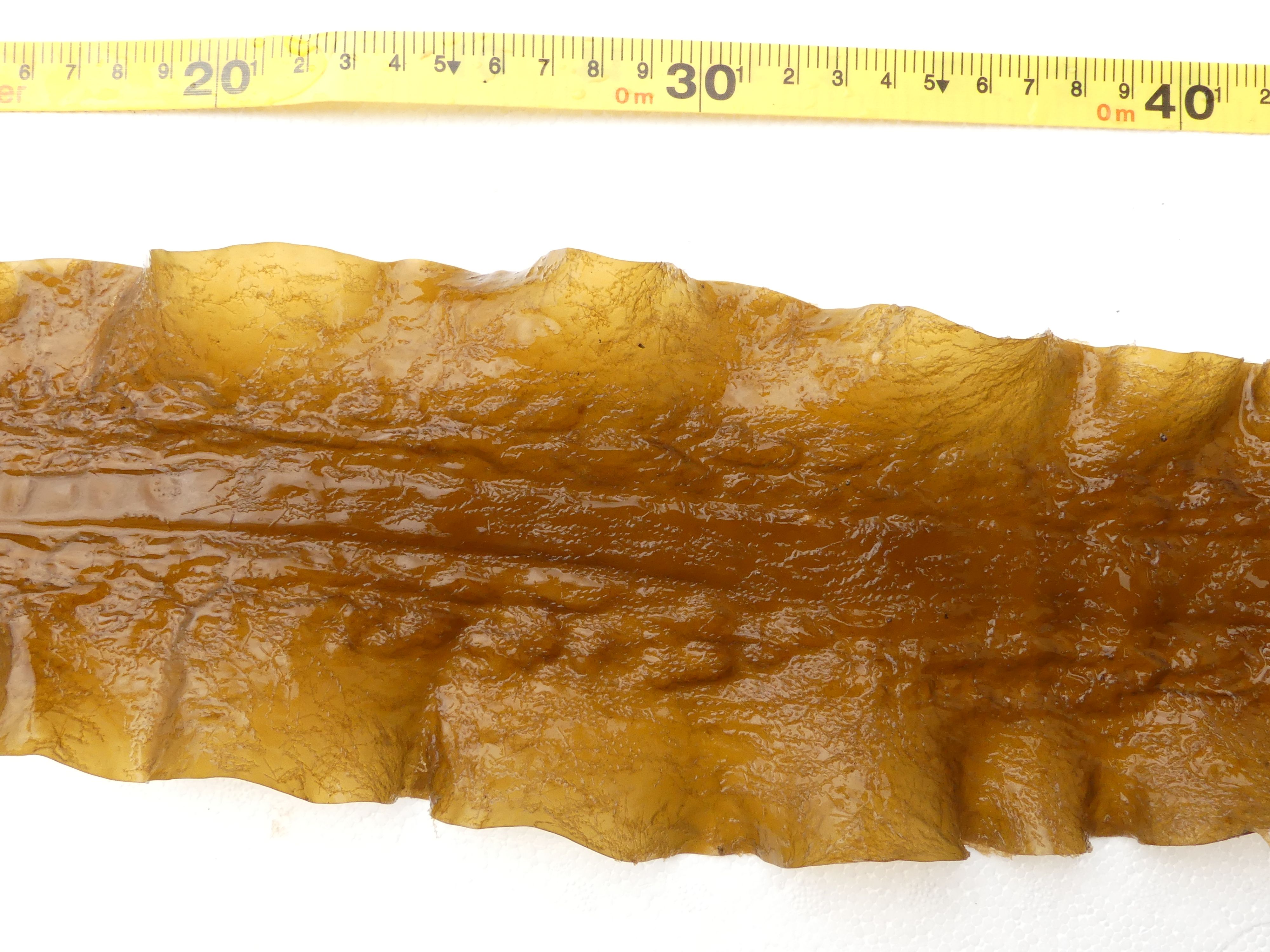Biofouling reduction during production process
-
Hello all,
We had a warm spring with sunny calm days and hydrozoan biofouling is heavy this year. In the past, it began mid-July at the oldest end of the blade and gradually move towards the meristem to eventually cover the whole blade. This year, we saw 90% coverage by polyps by June.
We dry our harvest for food. May I get some tips on reducing hydrozoan biofouling during production?
In the Greenwave webinar on Preserving Quality (2023), Sam mentioned trials of using various chlorine or PAA concentrations. Would it be possible to get more info on the most effective dilution and method of agitation to try?
Thank you for the help!
Jamie

@jamie_lee I'm sorry to hear about the heavy biofouling this year -- it's so frustrating to have something so out of our control affect crop quality!
The trials we undertook with QFresh were around post-harvest reduction of hydrozoan biofouling, and looked at much smaller quantities of organisms than appear in your photo. That said, we saw the best results with 30ppm PAA and agitation with a mixing paddle followed by manual scraping of the kelp with a flat tool. This may or may not be practical for you, depending on the volume of kelp you're processing.
Keep in mind that the kelp will blister if you use fresh water, so you may also want to include some salt -- we found that as little as 10ppt can prevent blistering for up to 75 minutes.
You can find more details on the studies here.
I hope this helps! Let us know how it goes.
Best,
Sam
@sam_gar Dear Sam,
Thank you for your swift reply and guidance.
Too bad it's not possible to get food grade PAA (nor lab) in the next 6 weeks here. At the moment, we resort to sorting, scraping, then rinse, which is very labour intensive, but seems to work in a pinch.
Jamie
@sam_gar Dear Sam,
Thank you for your swift reply and guidance.
Too bad it's not possible to get food grade PAA (nor lab) in the next 6 weeks here. At the moment, we resort to sorting, scraping, then rinse, which is very labour intensive, but seems to work in a pinch.
Jamie
@jamie_lee I'm looping in @david_bailey and @charles_yarish who may have insights on management strategies in the water to help control the onset or spread of hydrozoans. Generally, once fouling like this starts to appear, it's best to move forward with harvest before things get out of control. Our Guide to Common Biofouling Organisms, linked here, indicates that growth of Obelia spp. are dependent upon food availability and temperature, with rapid growth beginning around 60F and increasing to its fastest rate around 68F. There may be some strategies for depth management, e.g. lowering the kelp lines into cooler water, depending on the conditions for your site. Once they start to recruit, though, it's very difficult to stop the spread.